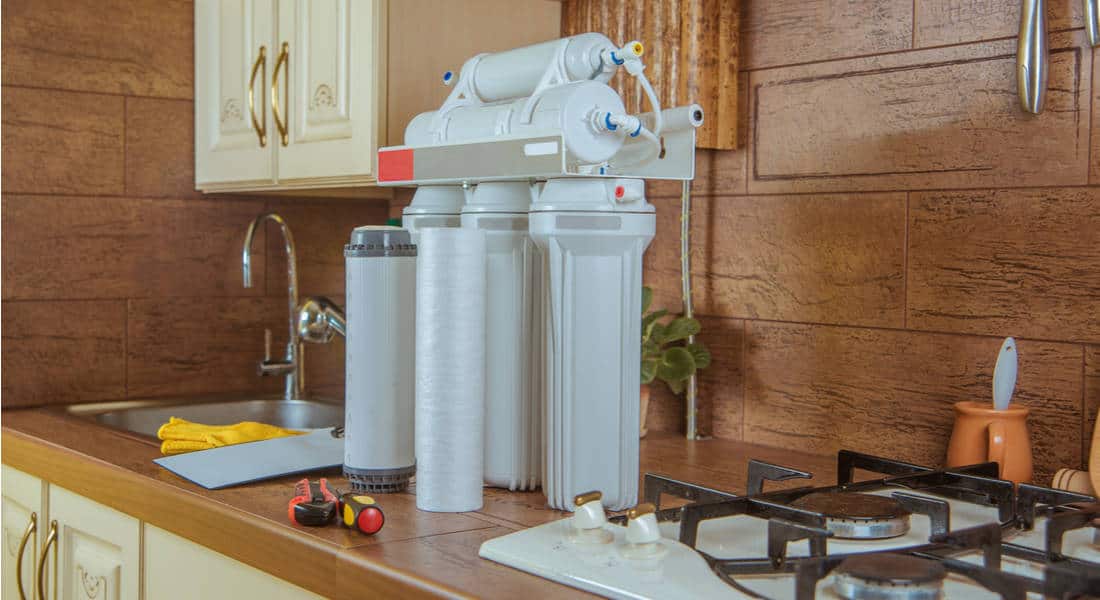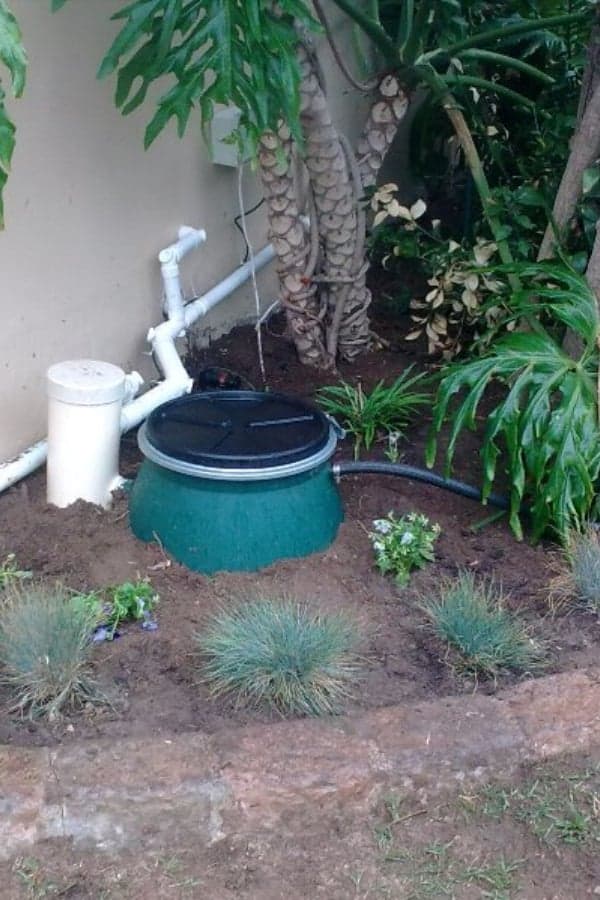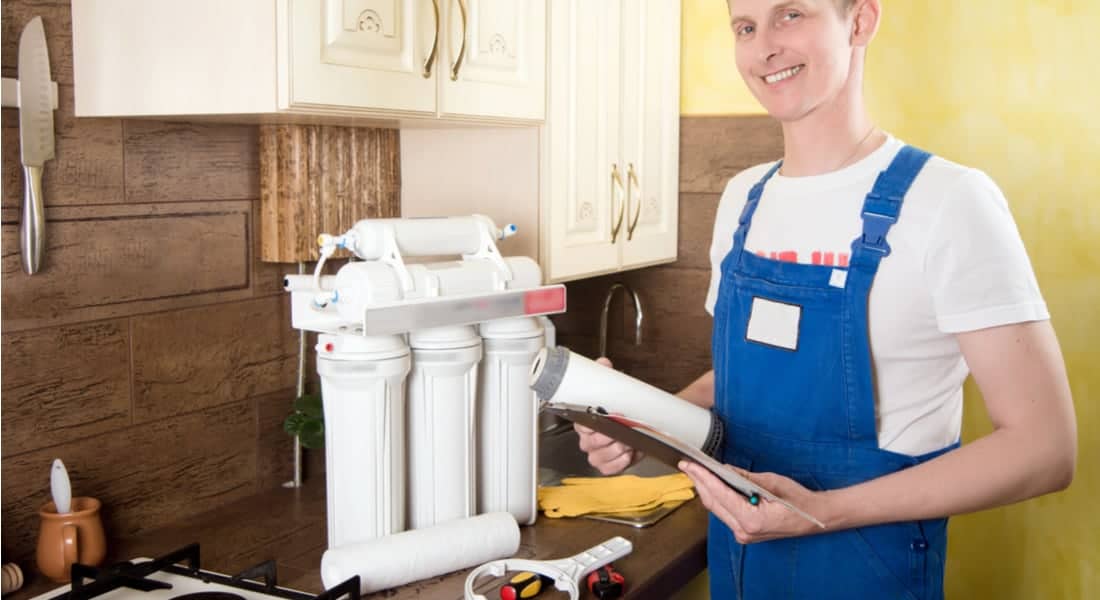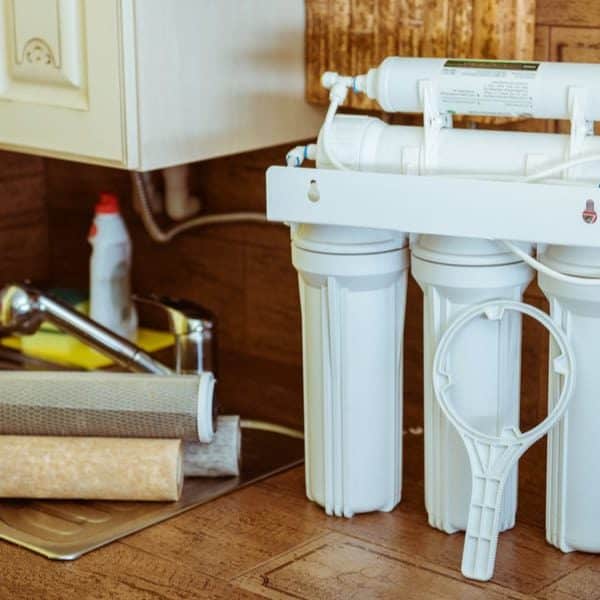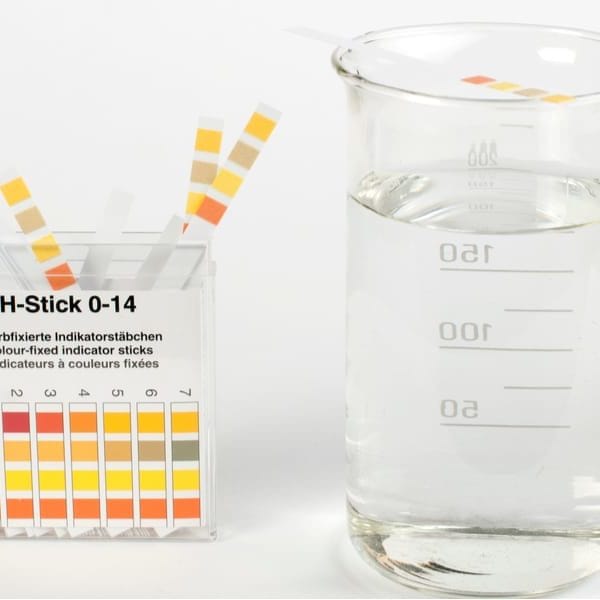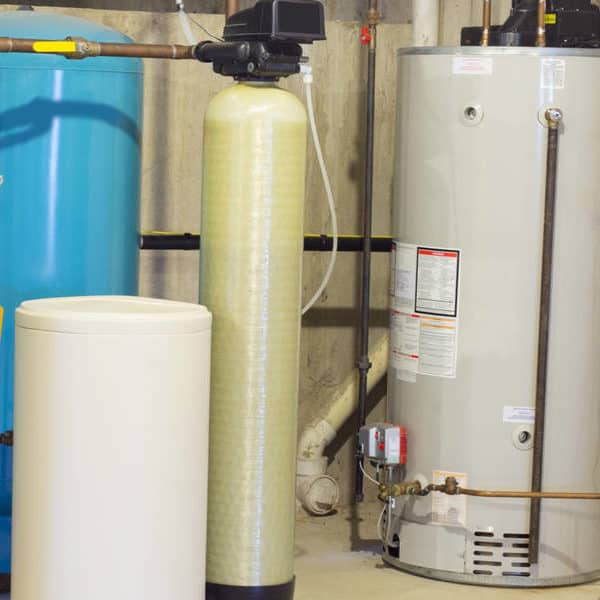The reverse osmosis (RO) system is an ideal solution for people living in the regions without water from the municipal supply. Sometimes, that water is full of pathogens and harmful particles. Not to mention the situation when people need to purify the sea or well water for drinking needs. The level to which RO can clean water is up to 97%. It is highly helpful for people troubled with the lack of healthy drinking water.
The downside of the reverse osmosis system is the production of too much wastewater, which makes it not as good an option as a whole house water filter or water softener, for example. However, this system is an excellent solution for filtering drinking water. Plus, it is possible to affect the level of water waste, depending on water pressure, brand, manufacturer, and potential upgrades.
Does Reverse Osmosis Waste a Lot of Water?
Water Pressure
When entering the membrane, the water pressure should be high at least 60 psi to push the water through it. Therefore, it is the standard for water coming from the municipal water supplies. Since the membrane is quite thick, it can keep away the thinnest particles.
However, sometimes the water pressure is not strong enough to efficiently push the water through the system. Consequently, you will get more wastewater. To prevent losing the water in vain, you should consider installing a water pressure pump, primarily if you use a well as a source of water.
There is also a permeate-pump, which may use the pressure from the wastewater. Basically, this model of the pump prevents the water pressure in the tank from affecting the water membrane.
As the water pressure from the purified water tank pushes the water through the membrane from the opposite side, it may become less efficient. Therefore, it won’t entirely clean the water coming from the water source.
The installation of the permeate-pump will help in restraining that pressure and allow the membrane functions more efficiently. As a result, you will improve the ratio between wastewater towards drinking water from 4:1 to 1:1. It is a considerable advantage, indeed.
To make things even better, the permeate-pump doesn’t use electrical energy. It works in symbiosis with the reverse osmosis system and uses the power of wastewater to help the process.
Reverse Osmosis Brands
Depending on the manufacturer and brand, the efficiency of the RO system differs. For example, the difference in the ratio between wastewater towards drinking water can vary from 4:1 to 1:1, which is a big difference.
Some of these systems work less wasteful since they use better materials and contemporary technology. The problem of too much wastewater in our society brings many questions. Luckily, there are a lot of great solutions for RO systems in recent times.
Therefore, be careful when picking out a reverse osmosis system brand for your home. Choose the right one according to the plumbing regulations and rules of your state to avoid future problems connected with the difference in standards. Always choose the American standard rather than European or some other.
Does Reverse Osmosis Waste a Lot of Water?
Simple Waste Water Tank
Some of the necessary upgrades you can do by yourself. In case you have a garden, animals you need to take care of, or car you need to wash, you should consider using wastewater from the RO system.
There is a simple way to save and use wastewater instead of connecting the wastewater tube of the system to the sewer directly. You can do it by reconnecting the wastewater tubing to longer tubing or a hose, drill a hole into the garden or garage, and save the wastewater in a big water tank.
Always keep in mind that saving water will help both the planet and your budget.
Double Membrane
The conventional reverse osmosis system has one membrane. However, you can install the second RO membrane, which will upgrade the entire system hugely. The best-case scenario is to purchase the upgradable RO system from the very beginning.
In that case, you just need to add one more unit. If you are not skilful enough, you should call a specialist to do the job. Attach another RO membrane at the top of the existing one by connecting one’s wastewater tube to the enter tube of the second one.
The process is not complicated at all. Basically, instead of sending wastewater into the drain immediately, you will reuse it one more time through the second membrane and only then let it into the sewer.
Don’t forget that you need a connector to connect purified water from both membranes into single tubing before sending it to the water tank.
There are several benefits of the double RO membrane. Firstly, you will cut down the wastewater by half. Secondly, you will increase the amount of usable water by double. Furthermore, you won’t need to wait for a long time to get drinking water, because the production is faster when using a double membrane.
Believe it or not, you can install a third membrane, as well. The only thing you need is to make sure the water pressure for each membrane is sufficient. As you already know, if the pressure is adequate, the production of water will be more efficient.
Even though it looks like the mission impossible, it is not too hard to install the entire system. You need several well-combined parts to make an excellent upgrade. As a result, you will get more water, less wastewater, and quicker production with one or two additional membranes or an extra water pressure pump.
Conclusion
With technology improving so fast, the reverse osmosis systems could be real lifesavers when you need a suitable and efficient way to desalinate the water. In fact, the submarines and ships have been using RO to provide drinking water for a crew for so long.
Fortunately, scientists improve RO systems every day to help us filtrate water and protect the water source as much as possible. In the world where freshwater is already a severe issue, these systems will become essential for our surviving.
